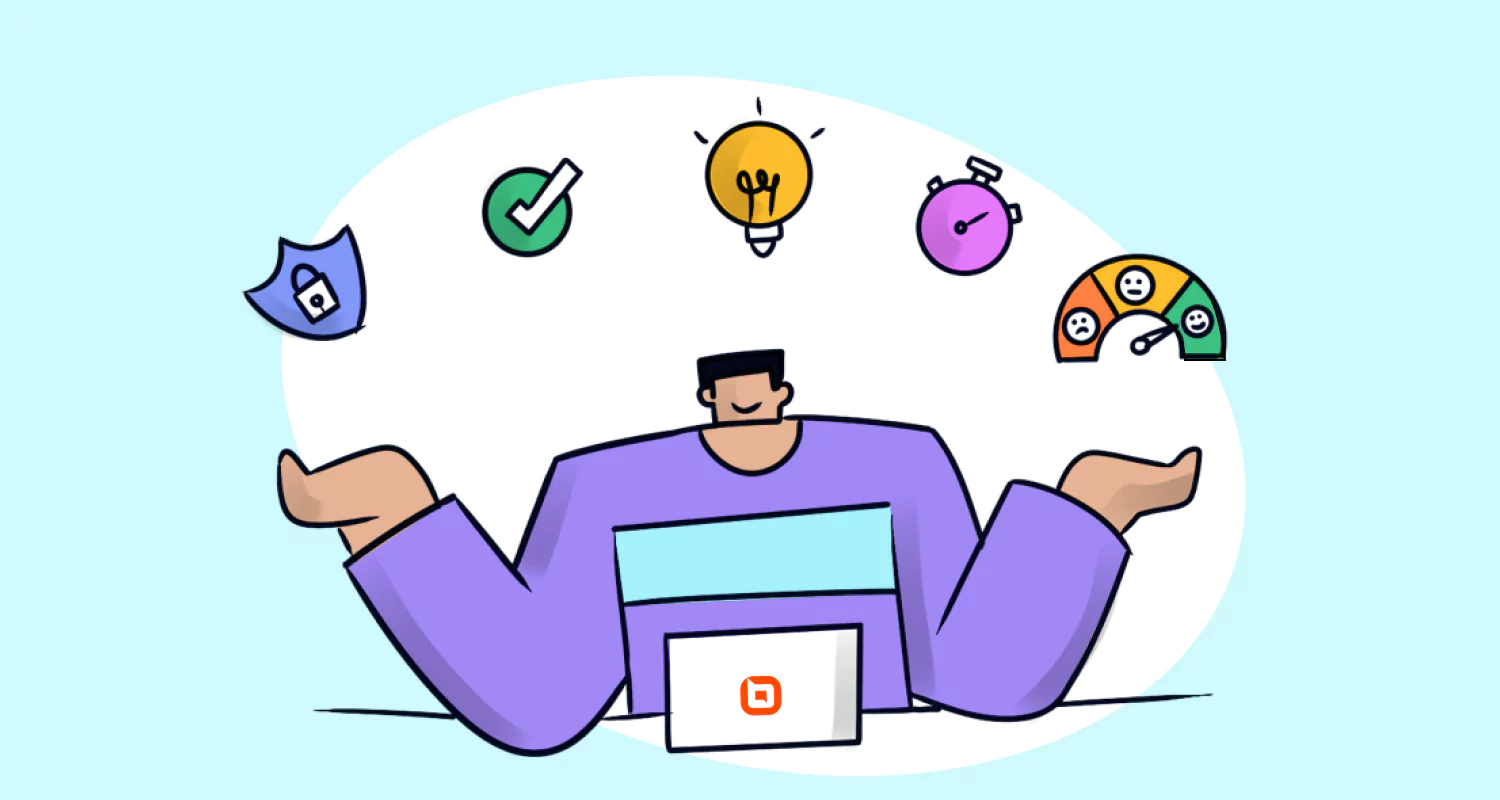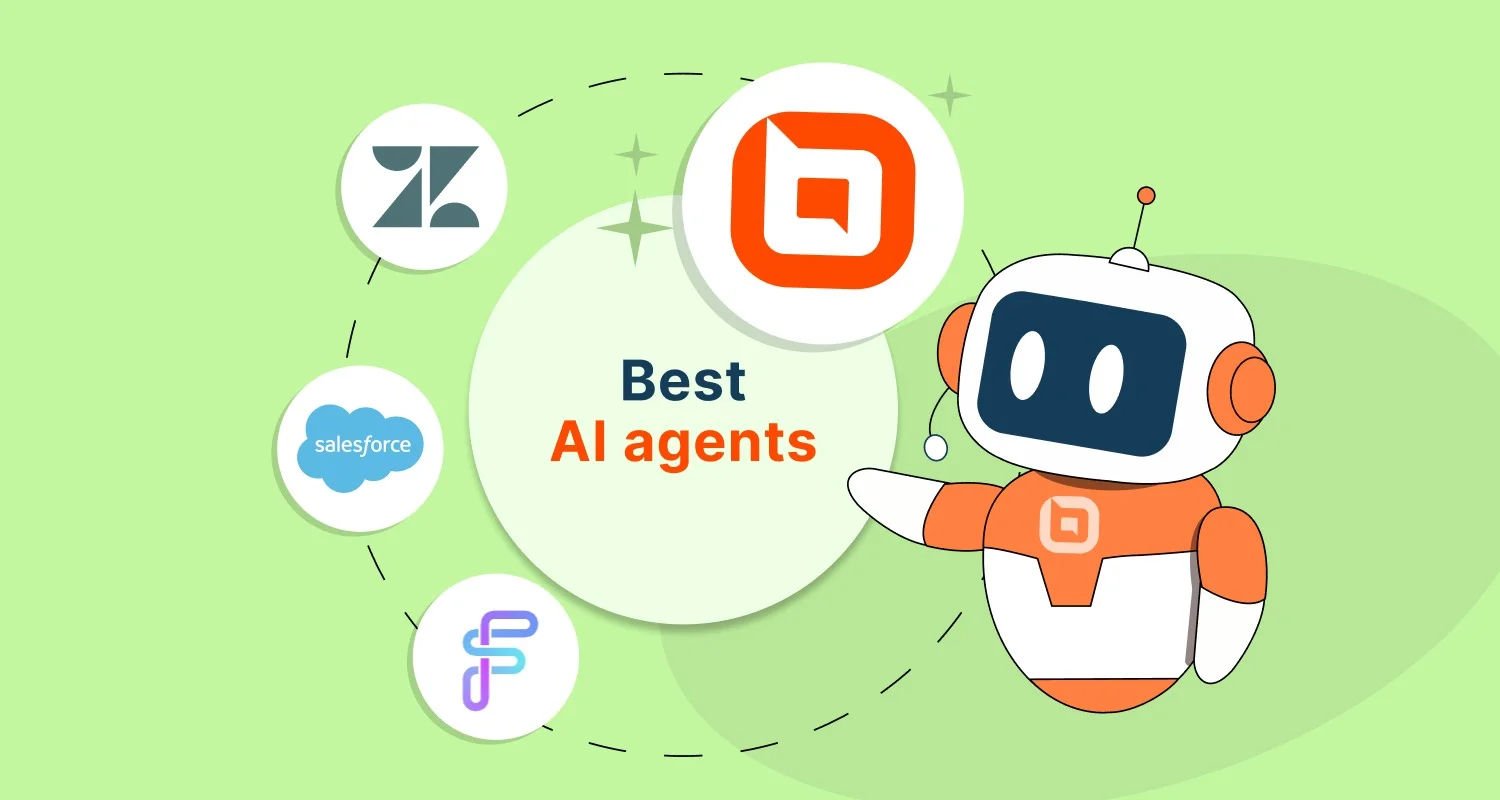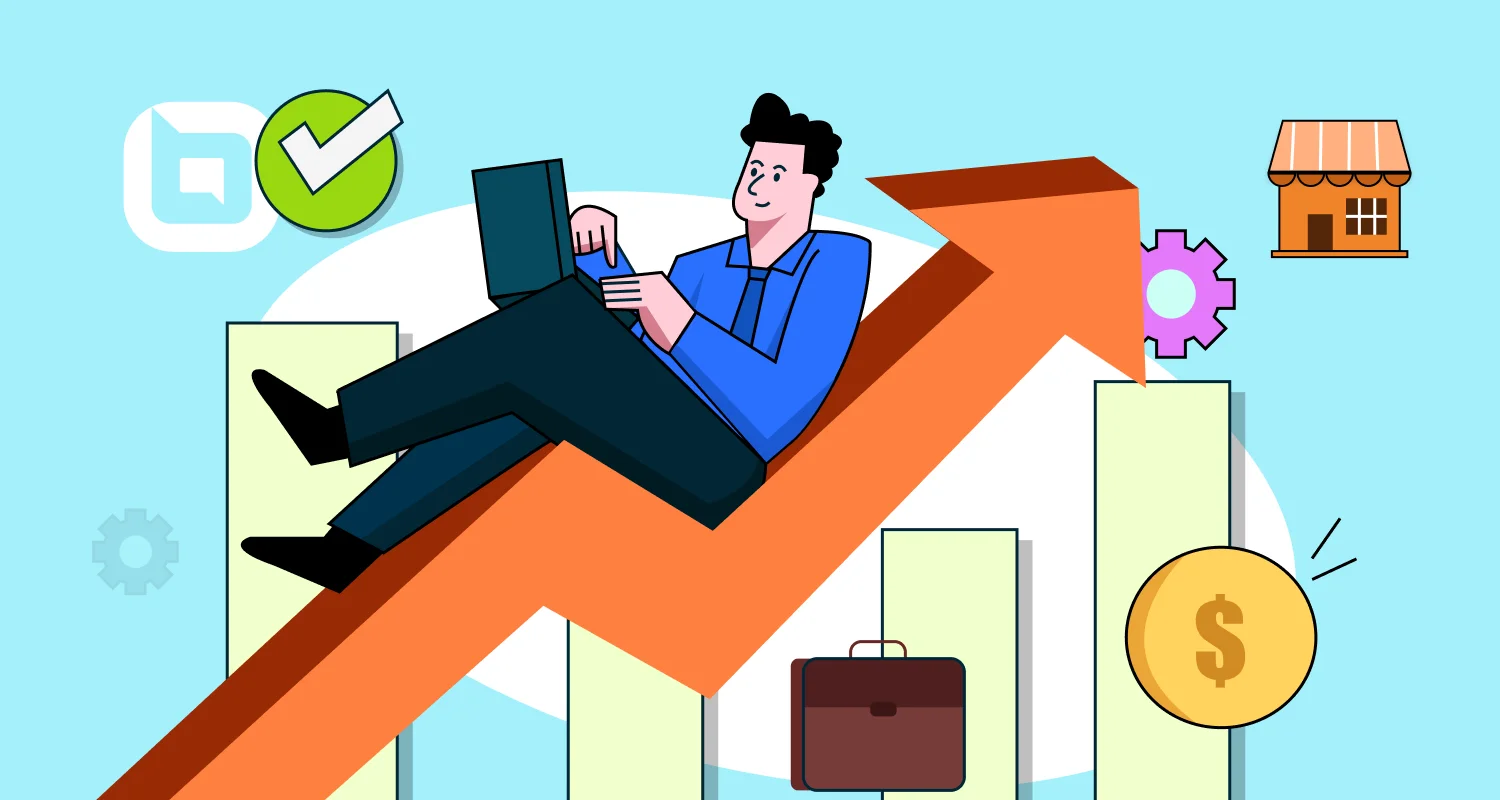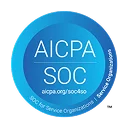Ensuring that customers effectively utilize your product or service should be the highest priority for any business, starting from the moment they make a purchase and continuing after.
This is made possible through customer enablement – a strategy that helps clients understand and achieve success with your product or service.
Empowering customers through education, skills and access to resources is the ultimate key to creating loyal brand advocates and ensuring they stick with you for the long term.
This article discusses on the importance and the best practices for implementing a strong customer enablement strategy.
What is customer enablement?
Customer enablement refers to the customer success process of empowering them with the right knowledge, skills and resources needed to use and derive maximum value from a product.
Enabling customers starts with the onboarding and ongoing training on the knowledge and skills of how to use the product, proactive customer service, and providing self-service resources.
Customer enablement is a business growth asset (especially for SaaS and B2B companies). The better the customer enablement strategy, the more customers enjoy using your product or service.
It also makes it easy for these clients to unlock the full potential of your brand for success.
Benefits of customer enablement
In this modern age, the business relationship you share with your customers must always be at the top of your priority list.
Let’s look at the main benefits businesses achieve through customer enablement:
- Improves agent productivity: When customers are able to resolve their issues independently through self-service resources, support agents can focus on urgent and complex tasks that need their attention, making them highly productive.
- Higher customer satisfaction and retention rates: Empowering customers ensures they quickly and accurately solve their concerns to their satisfaction and always find value in your product.
- Increased revenue: Customers are usually more attracted and stick to companies that empower them. This opens more avenues for upselling the product or services.
- Promote business growth: Enabled customers is a win for the business since they always have great feedback on how to improve the product further. They also assist other clients with resolving issues without needing the support team.
Customer enablement strategies to implement
Customer need to be knowledgeable, skilled and have the right resources to increase their success rate while using your product or service.
Let’s look at the best customer enablement best practices to consider implementing to fully empower them.
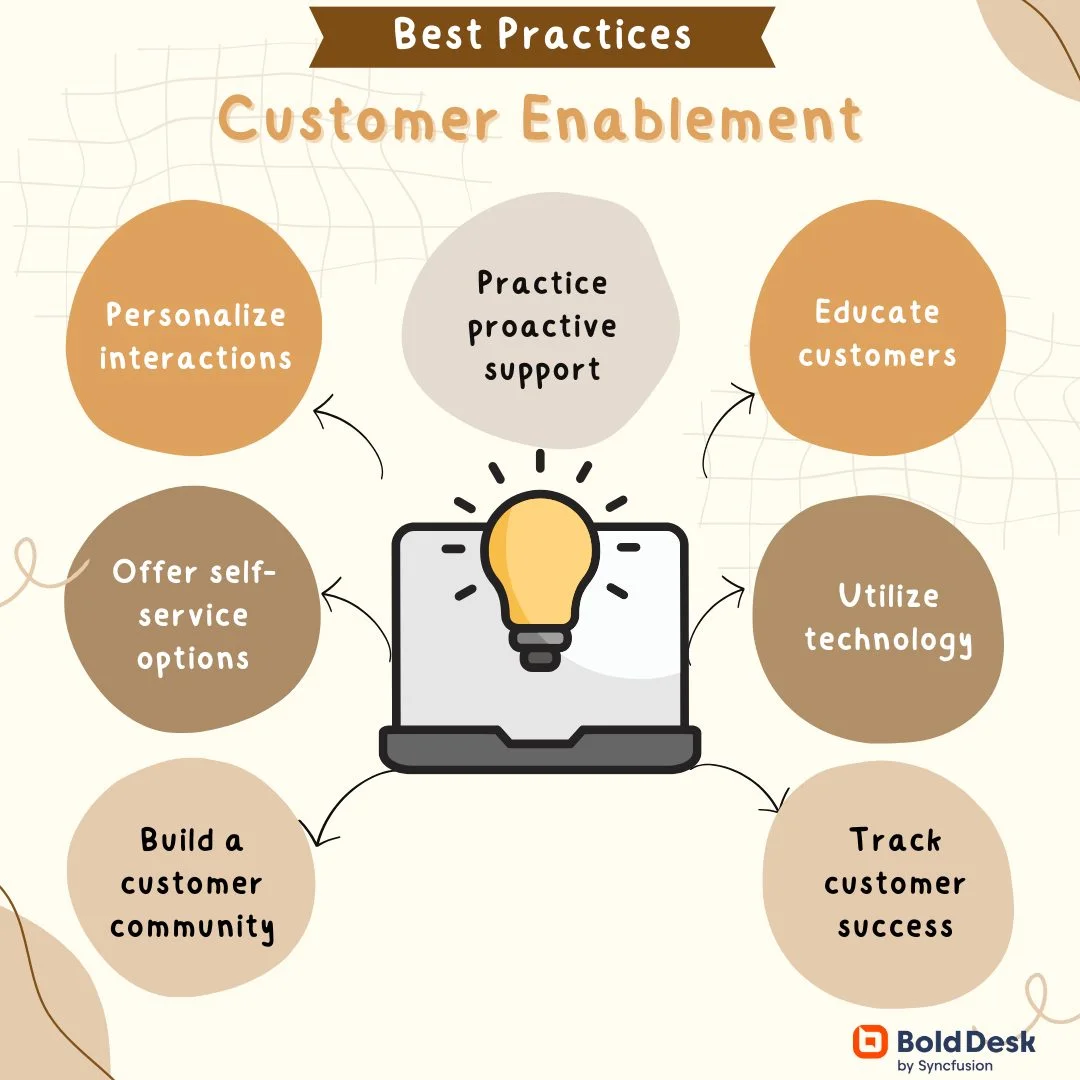
Practice proactive support
Always be one step ahead of your competition. You don’t have to wait for customers to reach out or issues to emerge for you to act.
Proactive enablement starts from the customer onboarding process. Even before the customer starts using the product, you can provide some documentation to help them familiarize themselves with it.
In case of any new feature updates, proactively send the product release notes and related articles to customers via email. Keep them informed on all product-related information.
You can also offer in-app guides within the product’s interface where users can easily find them.
Personalize your customer enablement strategy
Customers are different and they come with a diverse set of needs. This means you can only empower these types of customers based on factual data obtained from them, as the end users.
First and foremost, take a customer-first approach to identify their knowledge of your product, specific needs and challenges.
This will help in allocating customers with the right resources, and to know which specific skills to train them on, to effectively utilize your brands.
You can also consider having separate knowledge bases for different types of customers and issues.
Invest in effective customer training programs
Educating your customers is the safest way of ensuring they understand your product or service and can fully utilize them as intended.
A report from LLCBuddy shows that 67% of customers prefer using self-service options over contacting an agent.
Businesses should ensure they conduct training, both onboarding and regular sessions, to educate customers on the product. This will help them utilize the product to its full potential.
Leverage self-service options
The goal of enabling customers is to empower them to take full advantage of your product’s value.
One of the best ways to empower customers is to ensure they always have a repository of information to refer to at their convenience such as knowledge base software.
This self-help resources or tools can consist of educational or learning materials of user manuals, interactive in-app guides, how-to-videos or tutorials, FAQs and knowledge base articles.
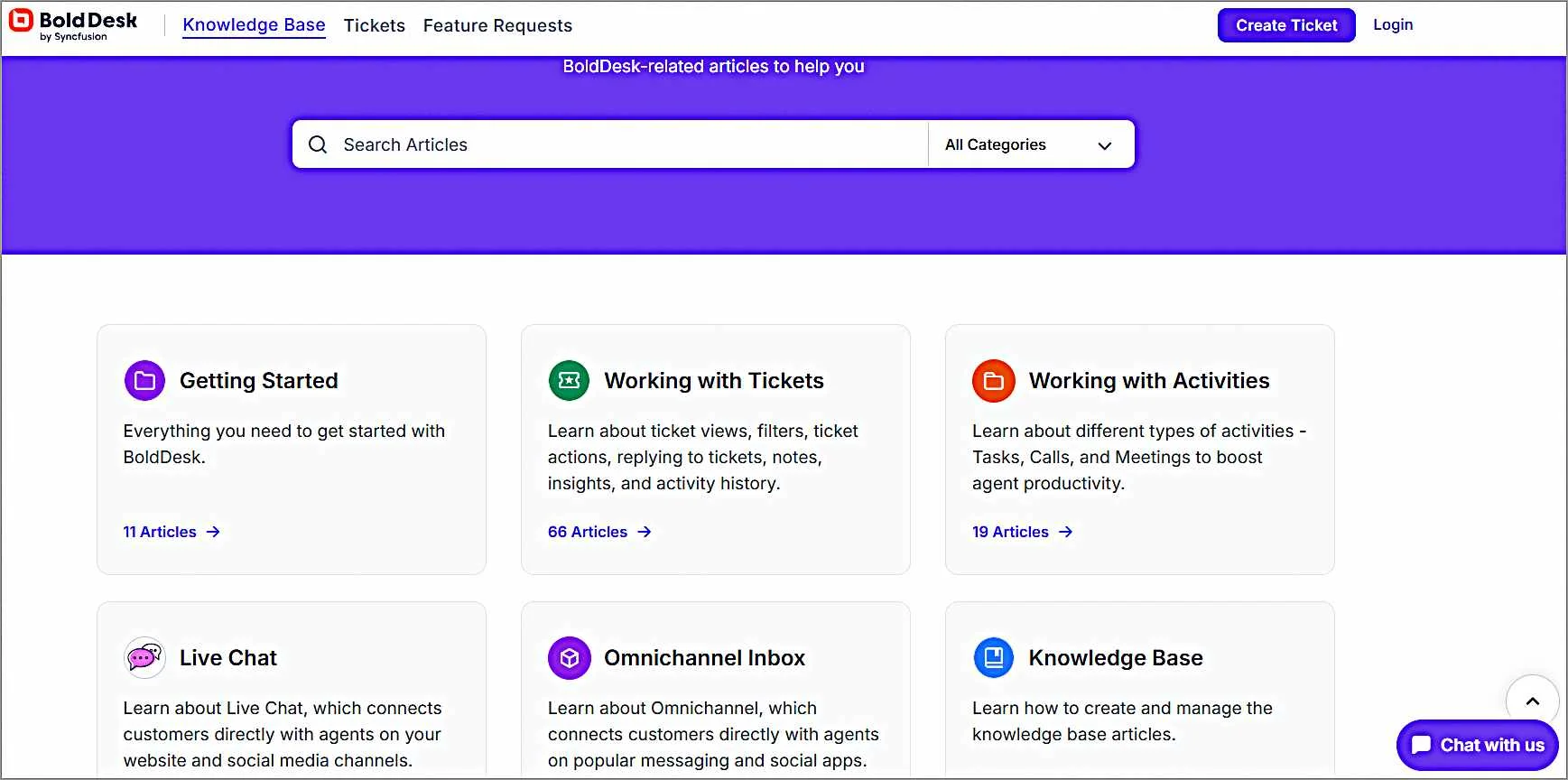
Create a community for customers to engage
The famous American poet Mattie Stepanek once said, “Unity is strength. When there is teamwork and collaboration, wonderful things can be achieved.”
Set up community forums for your customers. These customer communities act as platforms to share knowledge or ideas on troubleshooting solutions or product usage, success stories, product reviews, feedback, etc.
Achieving this may sound difficult but in reality, it’s not. Here’s ways to build a good customer community.
- There are numerous collaboration tools you can integrate with your help desk, such as Slack for customers to engage as a community.
- You can also create good social media presence on channels like WhatsApp and Facebook, where customers can freely reach out and interact with each other.
- You can also enhance customer enablement through peer-to-peer learning programs, thereby promoting better relations and interactions with a brand.
Utilize customer service enablement technology
Artificial Intelligence (AI) has rapidly advanced and become a powerful tool in customer service. It has made accessing information easier and faster than ever.
With customers prompting just a simple question, AI-Copilot can provide instant, accurate answers.
AI can be used to pull information from a company’s knowledge base and summarize it to ensure customers receive reliable and comprehensive responses about products or services.
Additionally, businesses can use AI assist tools like AI-Copilot to generate, edit, summarize, translate, shorten or elaborate responses and solutions for customers to use for self-service.
You can also access and leverage all interactions within the CRM (Customer Relationship Management) software, to personalize and automatically send targeted self-help resources to customers.
By utilizing AI and CRM tools, businesses can streamline support, boost self-service, and create more personalized, efficient customer journeys.
Track customer success
The success of your customer enablement strategies can be determined by how customers are thriving after empowering them.
How do you know whether the steps you have taken to enable customers to be successful?
Monitor the traffic to your customer empowerment resources to know if your content is useful. How many times do the readers refer to each page within a specific period?
You can also regularly track relevant customer enablement metrics and KPIs, such as customer engagement and CSAT Score to analyze the effectiveness of your customer enablement strategy.
Additionally, always collect customer feedback and pay attention to the type of resources they are requesting for, the skills they want to learn and any knowledge gaps about the product.
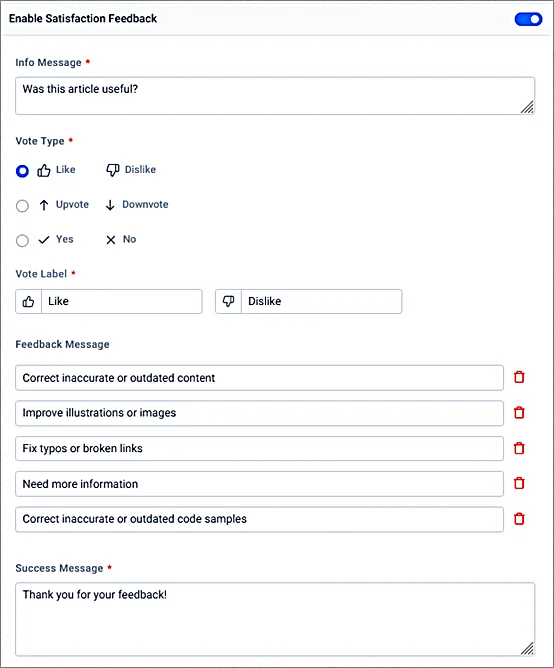
This information is key to assessing whether your customer enablement efforts are working and identifying areas for improvement.
Real-life examples of customer enablement
In theory, customer enablement can be easily misunderstood or undervalued without knowing. For this reason, the examples discussed below are meant to offer a practical view and understanding of what client enablement looks like in a more hands-on approach.
BoldDesk’s all-in-one self-help resources
BoldDesk is more than dedicated to ensuring that customers have the tools, resources, and skills to use the product successfully.
Its knowledge base software contains all the necessary learning materials, from self-help articles to video tutorials and how-to guides, that are self-explanatory and easy to follow.
This ensures that all BoldDesk customers have all the information they need about the product at their fingertips.
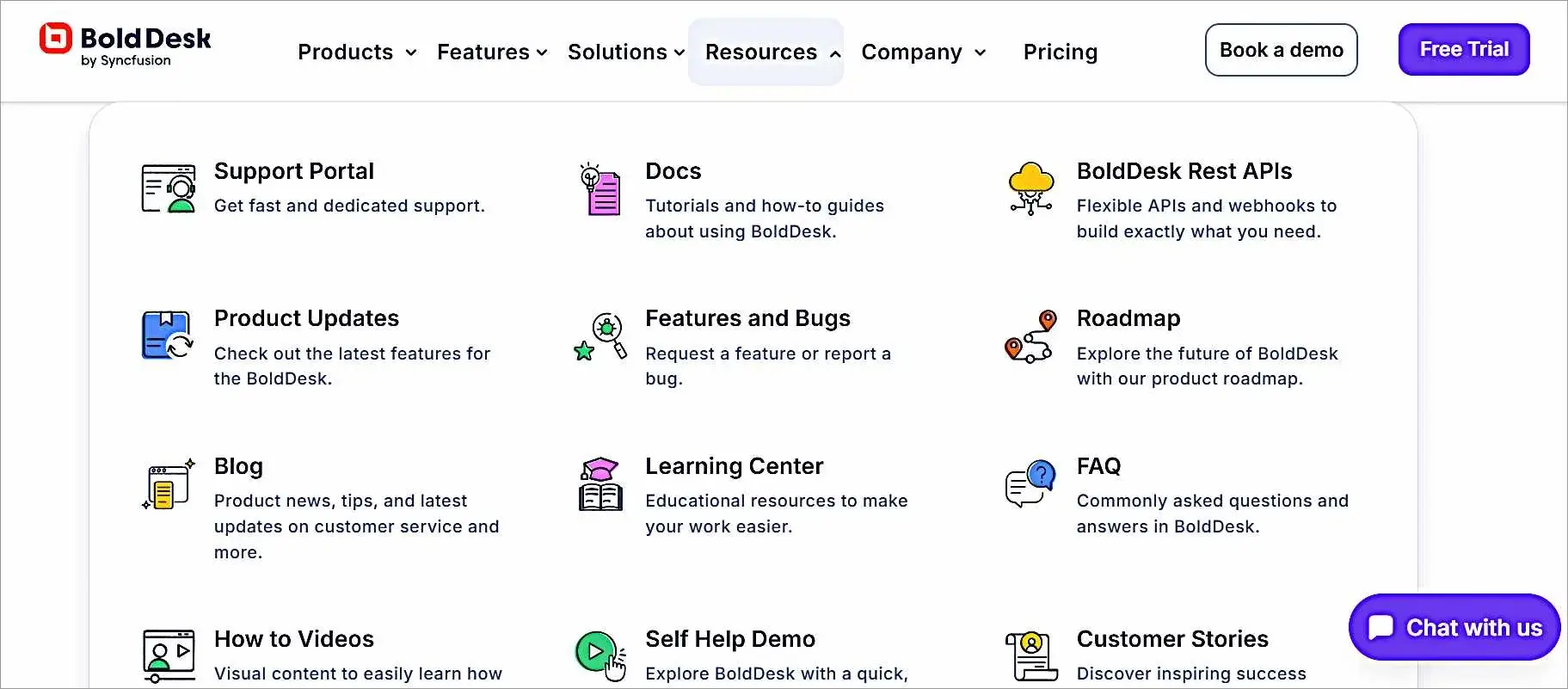
The BoldDesk customers are also taken through onboarding training to understand all the different functionalities and how to use them effectively to achieve the best customer service experience.
Slack’s interactive in-app guides
In the recent feature updates, Slack introduced interactive step-by-step guides for all users. This move to in-app guides will ensure customers have in-depth knowledge of all the features and updated functionalities.
The Slack Connect tool also enables customer enablement managers to create dedicated account channels for anyone to share content ideas and personalized messages with customers.
Revitalize your business with proper customer enablement strategies
An effective customer enablement strategy is similar to taking your child to a good school. This means customers will always have access to all the learning materials and good customer enablement managers to oversee the processes leading to better brand perception.
Make your customer enablement process smooth, fast and reliable with BoldDesk®, your leading help desk software.
With features such as AI, CRM and knowledge base, your customers can quickly handle all their support issues independently and discover the full value of your product.
Schedule a live demo today or book a 15-day free trial to experience how you can use our product to help enlighten your customers and improve their experience with your products or services.
Don’t hesitate to contact our support team with any questions or concerns. If you have any customer service enablement suggestions, please leave a comment below.
Related articles
- Customer Empowerment: The Future of Business
- Customer Service Philosophy: What It Is, Examples, and More
- What is Customer Focus? Best Strategies and Examples
FAQs
-
What is the difference between customer enablement and sales enablement?
Customer enablement refers to the process of providing customers with the necessary resources and training programs for their success.
On the other hand, sales enablement involves empowering the sales team with resources, tools, and skills to close more deals and engage better with customers.
-
What are the roles and responsibilities of a customer enablement manager?
A customer enablement manager is responsible for:
- Coming up with product promotion strategies to boost adoption, awareness, and customer success.
- Create and monitor customer empowerment plans from training to onboarding services and provision of learning materials as required.
- Coordinate with other customer enablement teams to ensure customers receive updated information promptly.
- Track and analyze customer success to understand them better and their usage of the products or service.
-
What are the advantages of client enablement?
It leads to a higher product adoption rate, increased customer loyalty and satisfaction, better customer experience, reduced customer support interactions, and promotes customer success.
-
Common examples of customer service enablement
- Continuous training programs
- Customer onboarding process
- Self-help resources such as knowledge base articles, how-to-guides or videos, and more
- 24/7 customer support through AI assistance
- Proactive customer service
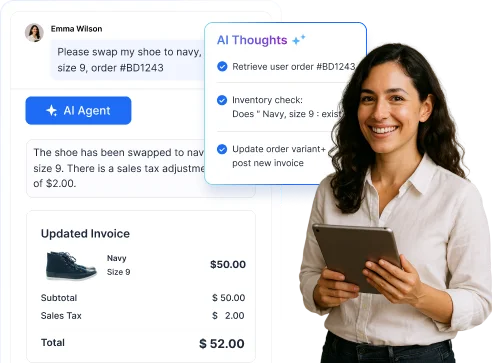


















 Email Ticketing System
Email Ticketing System Shared Inbox Software
Shared Inbox Software Multi Brand Help Desk
Multi Brand Help Desk Internal Help Desk Software
Internal Help Desk Software Trouble Ticketing Software
Trouble Ticketing Software Mobile Help Desk
Mobile Help Desk 










